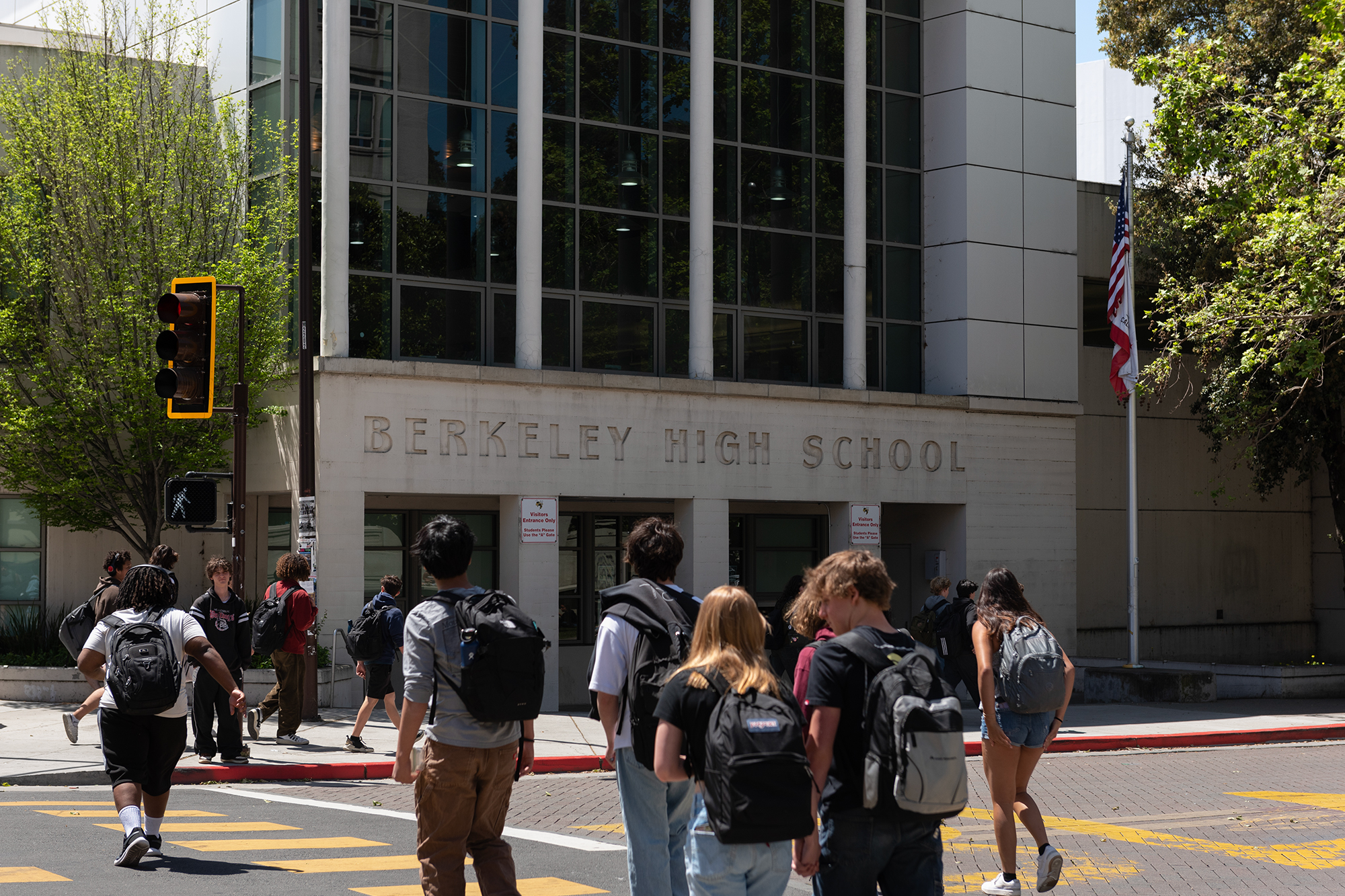Voters seem to agree with him. A 2022 survey of adults nationwide showed that nearly 90% support a financial literacy requirement in high school, and nearly as many wished they had taken such a course when they were students.
That’s not surprising, considering the financial woes many people incur. The average credit card debt in California is $8,366, the sixth-highest rate in the country, and 1 in 6 borrowers nationwide are in default on their student loans.
Financial literacy already in classrooms
However, some education experts have pushed back, not because they’re opposed to financial literacy for students but because they question whether voters are best equipped to dictate what’s taught in classrooms.
Currently, the state’s History-Social Studies framework includes a one-semester course in economics, required for graduation, that covers much of the same material proposed by the financial literacy ballot initiative proponents. Financial literacy is also included in the first, second and ninth grade curriculum. First graders, for example, learn that money can be exchanged for goods and services, and people decide how to spend their money.
However, Ranzetta said the curriculum, last updated in 2017, doesn’t focus enough on financial literacy. Personal finance is covered for only a few weeks in the economics course; the rest covers more abstract economic concepts like international trade, resource allocation and the benefits and drawbacks of capitalism. Individual teachers can choose how much they want to focus on certain topics.
State Superintendent Tony Thurmond wouldn’t answer questions about the ballot initiative, although he endorsed it. Linda Darling-Hammond, president of the State Board of Education, also wouldn’t answer questions.
Leaving curriculum decisions to voters is ‘a bad idea’
The proposed ballot initiative so far has almost zero opposition, but some are questioning the idea of letting voters — and not education experts — decide what students learn in the classroom. Ordinarily, the curriculum in California is developed by a group of teachers and subject-matter professionals who serve on the Instructional Quality Commission, which meets publicly six times a year. A new curriculum is subject to multiple reviews, edits and public vetting, ultimately going before the State Board of Education for adoption. Local school boards can adjust the curriculum according to the needs of their students.
“Most voters don’t know much about education policy, and having them decide what can be taught in schools is a bad idea,” said Morgan Polikoff, an education professor at the University of Southern California. “We already have a process in place for adopting curriculum, and if people are unhappy with it, there are plenty of avenues to have their voices heard — they can go to meetings, they can vote people out of office, they can talk to their representatives.”
Polikoff worries that adopting curriculum through ballot initiatives could set a dangerous precedent. Religious or anti-LGBTQ curriculum, for example, could be approved by voters, setting up costly and lengthy legal showdowns with the state Department of Education.
Curriculum can be complicated, as well. When writing new curricula, the Instructional Quality Commission looks at the broader context, ensuring students get new material every year that builds on what they learned previously, subjects don’t overlap and topics are flexible enough for teachers to adapt lessons to the individual needs of their students. Textbooks and tests are also taken into consideration.
Legislature weighs in
Most curriculum updates and changes originate with the commission, but sometimes the Legislature weighs in. The state’s new ethnic studies and media literacy requirements, for example, stemmed from Assembly bills. Another bill, AB 2097, would add computer science as a graduation requirement.
AB 2927, a financial literacy bill proposed by Democrat Kevin McCarty of Sacramento, would actually do almost the same thing as the ballot initiative. The bill would require financial literacy as a graduation requirement, although it would go into effect until 2031, a year later than the ballot measure.
Bruce Fuller, an education professor at UC Berkeley, said he worries about the increasing politicization of curriculum — either from the Legislature or those pushing for ballot initiatives.
“We have these political interests unabashedly trying to control what’s taught in the classroom instead of leaving it up to teachers and locally elected school boards,” Fuller said. “We should trust those folks to devise a thoughtful curriculum that’s appropriate for their students.”
He also questioned the ever-growing list of graduation requirements. High schools only offer six or seven class periods a day, and with more required classes, there’s less room for art and other electives. Some districts have started adding an extra period so students can fit in all the classes they need to take to graduate, finish a career pathway and qualify for California’s public universities.


